Never underestimate the ingenuity of an artist.
While most small businesses in L.A. County had to quickly adapt to new rules in order to open their doors during the coronavirus pandemic, the local arts community has been left to their own devices. In an industry that relies heavily on large gatherings (i.e. theatre audiences, art walk crowds, and classes), those in the arts have had to adapt to the times in their own specific way.
For local artists like photographer Annie Appel and tango dance instructor Silvia Askenazi, the pandemic forced both of them to rethink their unique business practices. Prior to the pandemic, Appel, a lauded documentary/fine arts photographer with work in the Smithsonian American Art Museum’s permanent collection, had been working in a local photo lab, conducting in-person photography classes and shooting events for hire, while her partner Askenazi ran Tango San Pedro, teaching indoor tango classes in a studio on 6th Street with upwards of 70 students at a time. All of that came to a screeching halt when the pandemic shutdowns began.
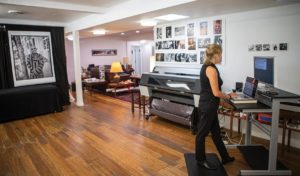
Appel’s digital photo lab. (photo: John Mattera Photography)
“I ran a photo lab in a local camera store for 17 years,” says Appel. “When COVID[-19] hit, [the owner] closed the custom lab. He said, ‘We can’t do it. We just can’t do it.’ So, I hung my own shingle.”
That shingle is Grand Street Arts, a newly redefined creative space located near San Pedro’s downtown district on 8th Street and Grand Avenue that combines both of the artists’ disciplines — photography and dance — under one roof while utilizing technology to be able to operate under the current coronavirus guidelines.
PHOTO BOOTCAMP
If there’s one word that describes Appel, it’s passionate. Not only with her own art, but in drawing out the artist in others. “What turns you on?” she asks in describing her approach to teaching photography, which focuses on seeking out the passion in her students and drawing it out of them through photography. Since in-person classes are currently on hold, Appel, like most artists these days, has turned to conducting photography workshops online, recently launching her own Zoom Photo Bootcamp.
“I’ve done this workshop for about 15 years [in-person],” Appel explains. “Everybody has a camera, but they don’t know what to do next with it. It’s very easy to snap a picture, but then, what is it that you have to say?”
The workshops run for eight weeks on Wednesdays. Students bring in three new photos each week that get discussed and enhanced using various photographic concepts and Adobe Photoshop techniques. At the end of each workshop, Appel creates a virtual exhibition of the students’ work on the Grand Street Arts website, where students have the ability to sell their own prints or purchase a printed catalog featuring that group’s work. The next Zoom Photo Bootcamp is scheduled for January 2021.
Appel also created an all-new digital photo lab at Grand Street Arts, putting her 30-plus years of photography and lab expertise to work by providing high-quality digital photo restoration and printing services. She was unsure how the photo restoration work would be received, but ever since she started marketing the service, she’s been getting calls from San Pedrans sitting on some amazing old photographs that can use her expertise in restoring them to their former glory.
EMPTY DANCE FLOOR
Unfortunately for Askenazi, the space that used to host upwards of 70 people at a time to learn the original “forbidden dance” is now limited to private lessons with singles or couples only. It’s not the most ideal situation for a social dance like the tango, but options are limited. Still, Askenazi remains optimistic. She’s already prepped the space to accommodate a limited number of students (using social distancing measures) as soon as indoor gathering restrictions are lifted.
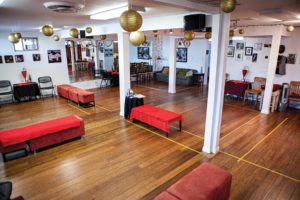
The quiet dance studio. (photo: John Mattera Photography)
“Tango is about the connection between two partners,” explains Askenazi. “[The dance] is a blend of different styles, and it touches everybody’s heart. Everybody can understand it even if they don’t understand the lyrics. People are missing that close embrace [right now]. It’s proven that close embraces produce oxytocin, which is the hormone of pleasure.”
In addition to the online workshops and private lessons, Grand Street Arts also hosts a virtual art exhibit featuring different visual artists every month on their website (grandstreetarts.com). Viewers can view and purchase original works or prints within a virtual reality art gallery online. It’s impressively designed and worth checking out.
Like all artists these days, Appel and Askenazi are navigating uncharted waters. With everything moving online for the time being, the pivot for two artists whose work depends on that unspoken personal connection between humans in-person has been difficult but necessary.
“For me, [photography] is about the connection that I feel with life, with people, with situations that are so meaningful to me, and the puzzle of rendering that through a camera and lens into a two-dimensional experience. That is like alchemy, it never stops being a miracle,” explains Appel. “Ever since I started in the darkroom when I was nine, after the first print that magically came up, I said, ‘Daddy, I’m going to do this when I grow up.’ And he said, ‘Okay, let’s do it.’ And I have never looked back.” spt
For more info on Grand Street Arts, visit grandstreetarts.com.

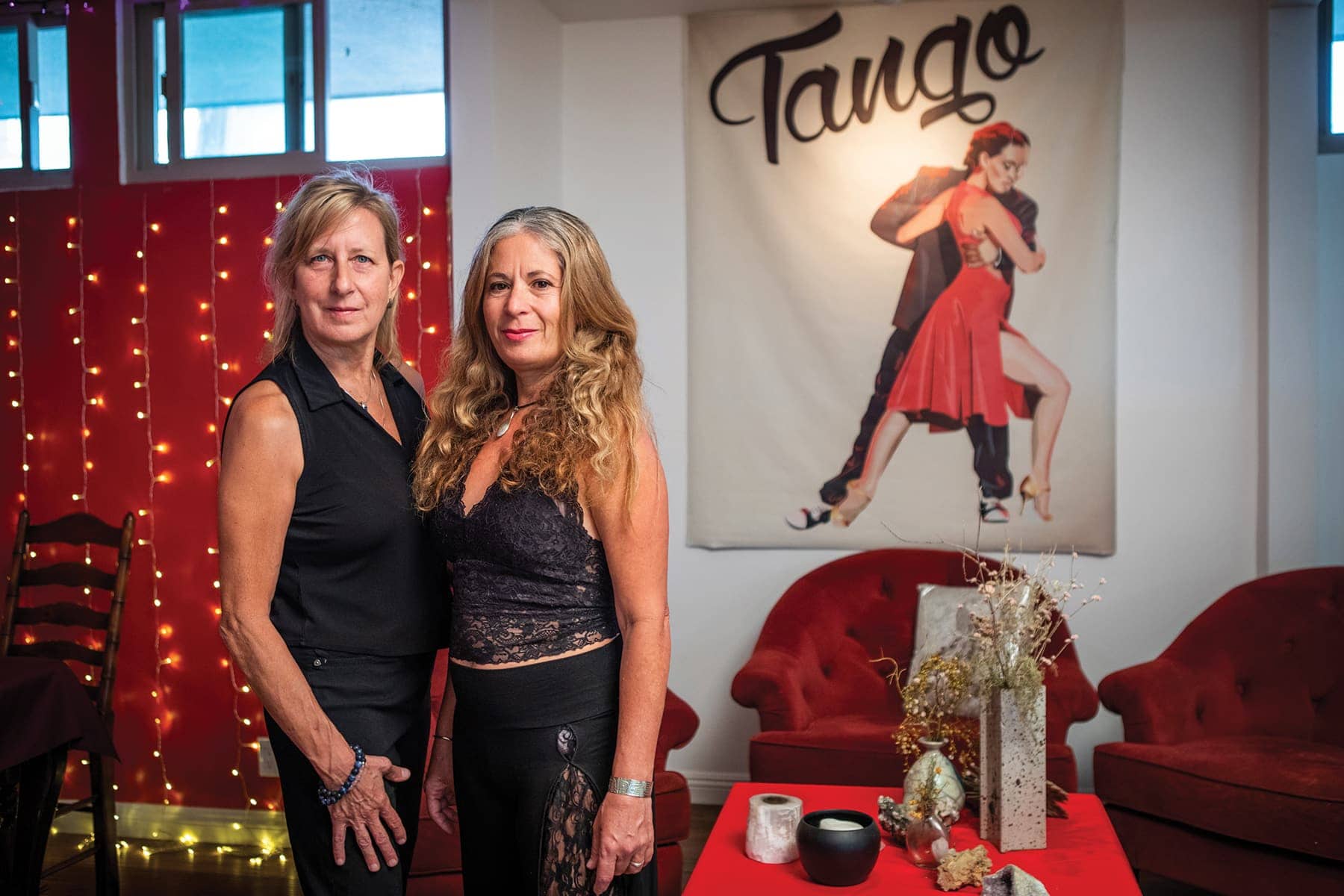

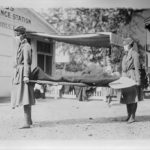
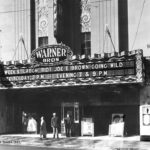
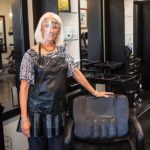
Comments